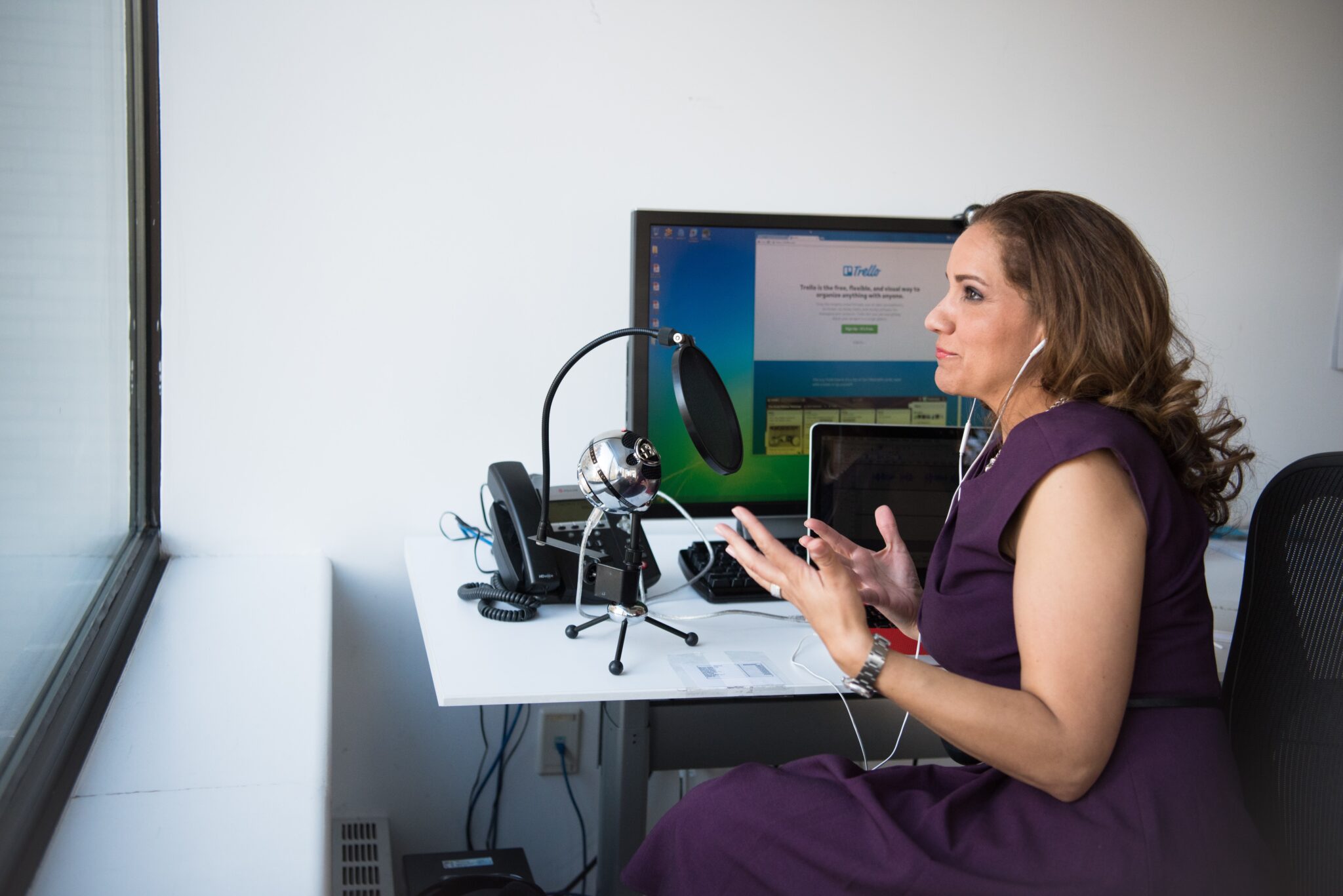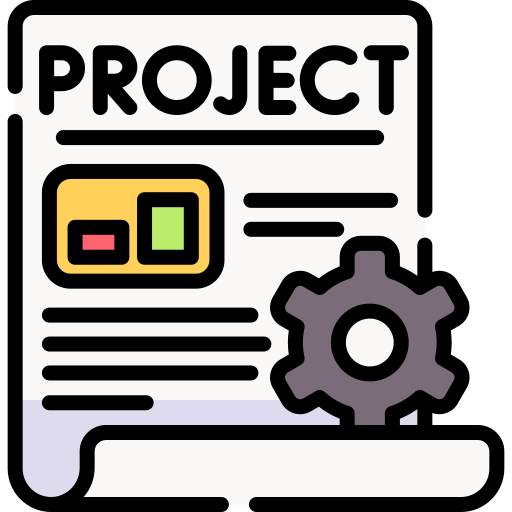Audio Intro
What You Will Need for the Module
- Audio Recording Device – a phone is fine
- Space to save recordings (on computer, USB drive or in the cloud)
- Quizlet Account
- We use this in each module
- Computer
- Computer Software:
- Audacity (free)
- Headphones – optional but helpful
What We’ll Learn
How Sound Works
We will learn the science behind sound and what it is, then see how humans hear sound. Finally we will learn the process and terms
Recording and Editing Sound
We will use Audacity to record and edit sound. We will also cover how to find sounds other people have make and include them (legally) in your work.
Classes
- 8/30: Intro, Science of Sound and How Humans Experience Sound
- 9/1: How to Record and Edit Sound in Audacity
- 9/6: Audio Workshop 1
- 9/8: Audio Workshop 2
project and quiz
- 9/15: Audio Project Due
- 10/6: Audio Quiz (in class)
Setup and Materials
software
You will need to download and install Audacity on your computer. I also suggest that you follow the FFMPEG install instructions which will give you more export options. You can also optionally look at the Effect, Generator and Analyzer plug-ins. See instructions below.
- Download Audacity
- INSTALL
hardware
You will need a device to record audio. For most people you can just use your phone. If you want to use another device with a microphone that’s great, just make sure you know how to save a file and get that file onto your computer.
Please let Prof Stein know if you don’t have access to a device to record digital audio.
Module Media Project
AUDIO PORTRAIT OF A PLACE
Create an audio portrait of a place. This project will have 2 parts, recording audio and editing audio. You will record sound, using your smart phones or other devices. You can be in small groups for support and sharing audio files. In the editing process, you can combine the material the you have recorded has recorded with other audio files if they are Creative Commons licensed, in the public domain, or classmates’ recordings if they share them. The finished audio file should be at least one minute and no longer than three minutes, and should combine at least five different sounds. Try to tell a story with a clear beginning, middle, and end. The listener should be able to envision specific streets/environments/people etc. when hearing your piece.
requirements
- 5 audio files used (at least one of which you must have recorded). You can use more.
- All files recorded by you, your classmate who shared or have a Creative Commons license or are in the public domain
- Length: 1 min to 3 mins
- There is a story (beginning, middle and end)
- People can envision the place(s) that your piece is about.
DUE DATE
Thursday, September 15
Turning it in
You will submit the following to Blackboard:
- A zipped folder with your Audacity project file and the audio files you used in the project. This should include the data file created by Audacity, which will be a folder that ends with _data.
- The completed .aiff or .wav file
- A short statement. Use this template.
- This includes Credits for all audio files you did not record yourself.
Grading rubric
The grading rubric takes into account the files used, format, the copyright of the content and the quality of the project. View the full Grading Rubric.
Tutorials and Resources
SLIDES
HOW SOUND WORKS
- Sound 101 Podcast Episode – with Bill Nye
TUTORIALS AND ESSENTIAL RESOURCES
- How-To Recording Audio Post
- Audacity Manual
- Import and play audio file
- Record
- Edit sounds
- Add effects
- Export
- Using Audacity to create a multi-track project tutorial
- YouTube Audacity Recording Tutorial [16:29]
- GarageBand Tutorial
A NOTE on Recording. When recording people, record some silence at the beginning. Audacity has a feature that can analyze the room noise and then remove it from your recording. It needs some empty time when nobody is talking to do this. See the YouTube recording tutorial above for how to remove the room noise.
Also make sure the person is close to the mic (but not touching it). Remember that the further away they are, the quieter their sound is and the lower quality the recording is.
Creative Commons licensed sounds for your projects
- Freesound.org (requires free login)
- Internet Archive: Audio Archive
- Creative Commons tracks on SoundCloud
- Royalty Free Music by Bensound
- Incompetech.com by Kevin MacLeod
- Free Music Archive: https://freemusicarchive.org/search
- Music Radar Free Samples
- Audio Library
- Open Game Art https://opengameart.org/
- YouTube Audio Library https://www.youtube.com/audiolibrary
- Openverse: https://wordpress.org/openverse
- Choose Audio from dropdown when searching
SUGGESTED RESOURCES
These aren’t required but help you get deeper into it if you have time and interest.
- Audio concepts:
- Recording
- Editing: Audacity Development Manual: links to many tutorials here
PoDCASTS
- Podcast Stories: stories about sound and examples of sound editing to create a story):
- Sound Design and Careers:
- Movies/TV/Film
- Booj 20khz
- Movie Soundtrack
- Pew Pew
- Sound effects from Star wars
- Classic Cartoon Sound Effects
- THX Deep Note Part 1, Part 2
- Music Industry
- Accessibility
- Listening to the Movies (Audio Description), aired on Blind Guy Travels podcast
- Effects
- The Bleeps, the sweeps and the creeps
- Sound designers from Facebook and google
- Classic Cartoon Sound Effects
- The Bleeps, the sweeps and the creeps
- How we hear
- Synesthesia
- Misophonia
- ASMR
- Sound 101
- With Bill Nye
- Handbook for Sonic Happiness
- RatioTopia: Ways of Hearing
Audio Posts
-
That Monday Morning Audio Project
My audio project takes on a rainy Monday morning. The idea of the story is simple, the process of waking up to that faithful morning routine. It starts with the […]
-
Light Spelunking
For my audio project I tried to imagine what it might be like walking through a mining cave and hearing an explosion.
-
The Men (Audio Assignment)
Spent around 30mins screaming in the campus bathroom like an anime character. Didn’t wanna stress out about a project topic, so I just fell back on a poop joke. Everyone […]
-

Audacity
Audacity is a free, open-source audio editing software that we use in the Audio Module part of our class. Download Audacity: Windows, macOS, Linux INSTALL Windows install, FFmpeg for Windows, Effect, Generator […]
-

Recording Audio
Help with recording audio to Audacity and on your phone.




